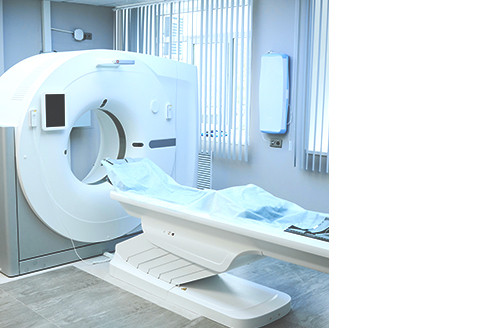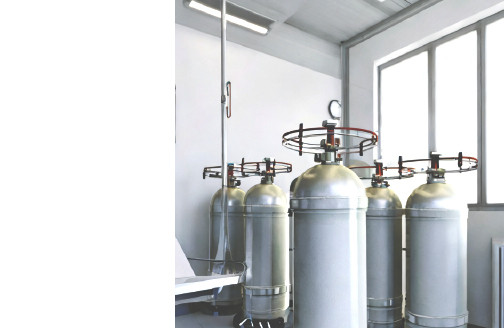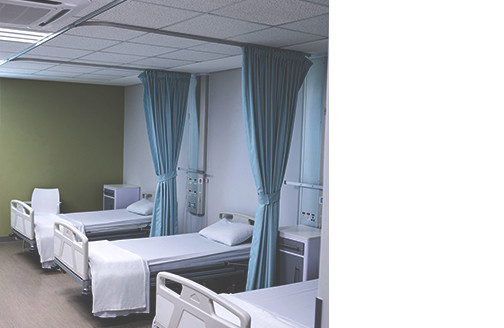Oxygen (O2) is a vital element in medical practice, playing a pivotal role in various life-saving treatments such as oxygen therapy, anesthesia, and life support systems. While O2 is generally considered safe gas, improper concentration control can pose significant risks in hospital environments. This article explores the importance of O2 gas detection in hospitals, particularly in areas like MRI rooms, backup oxygen stations and hospital wards.

MRI rooms
Magnetic Resonance Imaging (MRI) machines are essential tools in modern medicine, but their energy-intensive nature requires the use of liquid helium to maintain optimal temperatures for wiring conductivity. However, the transition of helium to a gaseous state at temperatures above -269°C has potential hazards due to possible leaks. Helium, being lighter than air, can rapidly displace oxygen in a room, resulting in oxygen deficiency.
The threat of oxygen displacement is particularly critical, as drop below minimum "safe level" (19.5% O2) can lead to serious consequences such as asphyxiation. Therefore, the implementation of O2 detectors becomes imperative in MRI rooms to provide an early warning and mitigate potential risks associated with helium leaks.
Backup oxygen stations
Leakages may occur at backup oxygen stations due to malfunction of the gas supply system. As oxygen accumulates, ignition risk becomes higher and even a small spark can cause a fire. In addition, increased O2 levels change the chemical composition of materials. This means that flammable materials will become even more susceptible to ignition and will burn faster.
Careful control and maintenance of safe oxygen concentration (not more than 23.5% O2) is essential in these environments for prevention of potential hazards and protection of well-being of people.


Hospital wards
Oxygen concentration control is also essential in hospital wards, where such procedures as artificial lung ventilation are administered. Equipment malfunction coupled with interruptions in the ventilation system can cause gas concentration fluctuations.
In this case, risks associated with increased oxygen concentrations include not only susceptibility of the environment to fire, but also oxygen poisoning.
For these reasons, the integration of O2 gas detectors in these areas is crucial to promptly identify leaks and prevent exceeding the maximum "safe level" of oxygen in a confined space (23.5% O2). Timely detection allows for swift intervention and ensures the safety of patients, employees and visitors.
At Evikon MCI we have a wide range of oxygen gas detectors, including two-year, three-year and five-year versions to suit projects with different requirements and budgets.
We also offer alarm modules with audible and visible signals for prompt response to deviations from the norm.
Please see the Featured Products section below to learn more about each of the products.












